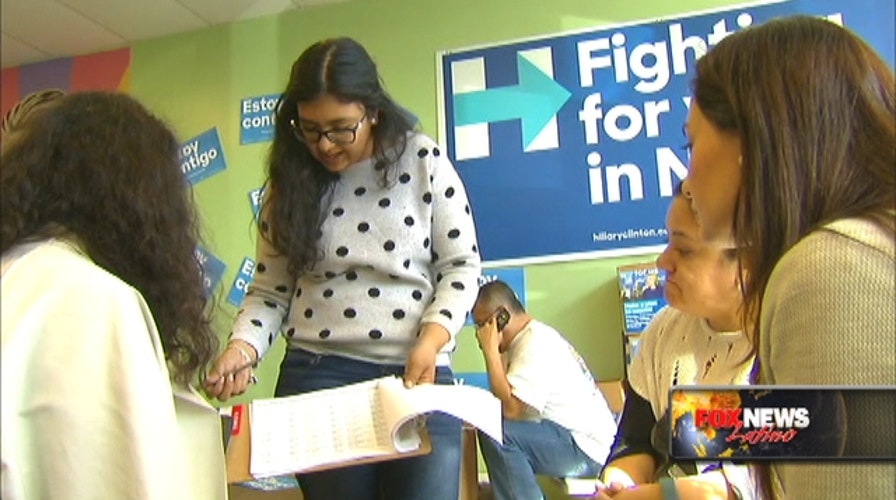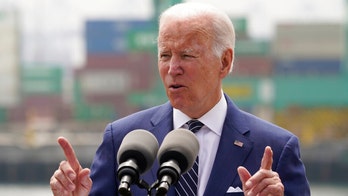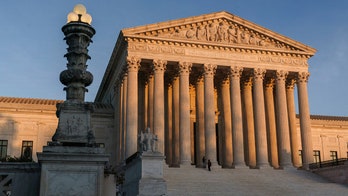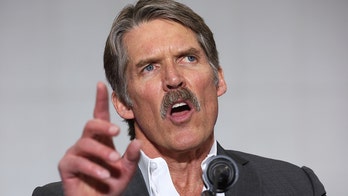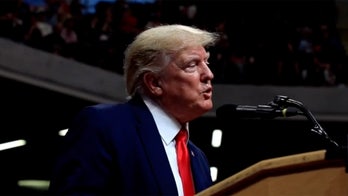Nevada caucus showcases Latino outreach strategies
Latino turnout in Nevada caucus could decide Democratic race.
Hillary Clinton and Bernie Sanders are running a tight race Saturday in the Nevada Democratic caucuses. Early entrance-polls have Sanders winning the Hispanic vote at 54% to Clinton's 43%.
It should be noted that Sanders pushed hard for young Latino voters in Nevada, whereas Clinton worked to appeal to Latina moms.
Latino turnout in Nevada caucus could decide the Democratic race today. The state is the first substantial test of candidates' support with Hispanic voters in this election.
Nearly 1 in 5 voters in Nevada is Hispanic, according to the Pew Research Center, and Latino voter turnout could decide who wins what’s expected to be a tight Nevada caucus race.
The Hillary Clinton campaign has been on the ground in Nevada since April, and part of their strategy has been reaching out to Latina women – mothers and wives. The Bernie Sanders campaign got started late in Nevada but they are riding momentum and enthusiasm from young Latinos, particularly young undocumented immigrants or DREAMers.
Though, they can’t vote. DREAMers are volunteering for the campaign and encouraging young voters to caucus. A Sanders win in Nevada will likely hinge on whether young Latinos show up to caucus in a state where 44% of Latino voters are millennials, according to Pew.
How the Nevada presidential caucuses work
Here's how the Nevada caucuses work and a little history about the event, which happens for Democrats on Saturday and for Republicans on Feb. 23.
___
HOW IT STARTED
Eleven states applied to the Democratic National Committee in 2006 for early-state status. Nevada's delegation pitched the state as a reflection of the country's changing population and it sure didn't hurt that Harry Reid, the highest-ranking Democratic senator, lobbied for his home state.
Ultimately, Nevada and South Carolina won out over Alabama, Arizona, Arkansas, Colorado, Washington, D.C., Michigan, Mississippi, Nebraska, West Virginia and Hawaii.
"We're now having a caucus here on Saturday in a state that's representative of what America is," Reid said.
More representative than mostly white Iowa and New Hampshire, for sure, but not spot on with the nation. About one-quarter of Nevada's population is Hispanic, and one-quarter of South Carolina's is black. The U.S. population is less diverse: 12.4 percent black, 17.4 percent Hispanic, 8.2 percent Asian or other minorities, and 62 percent non-Hispanic white.
Nevada is a swing state, with a slight Democratic registration advantage but a Republican-dominated state government.
___
HOW IT WORKS
Unlike a primary, which involves quick and solitary voting, caucuses generally involve a more public pronouncement of presidential preference. Caucus-goers mainly meet in schools, community centers and places of worship in Nevada's 17 counties, and give speeches to try to persuade their undecided neighbors.
Democrats have divided the state into about 1,700 precincts meeting at more than 200 caucus sites. Six are at Las Vegas Strip casinos so housekeepers, blackjack dealers and others with weekend schedules can attend. Republicans have more than 1,700 precincts and more than 130 caucus locations.
The late-morning Democratic caucuses are third in line for the party; the weeknight Republican caucuses are fourth for the GOP, behind South Carolina on Saturday.
___
FOR DEMOCRATS
Nevadans don't need to be registered as Democrats — or registered at all — before coming to the caucus. The same-day sign-up option helped the party register 30,000 new Democratic voters in 2008.
Caucus-goers break into groups that declare their support for a candidate. If the number of people in any group is under 15 percent of the total at the caucus, they can either choose not to participate or join another candidate group.
The caucus is advertised as starting at 11 a.m., although people can participate as long as they get in line by noon. And they are expected to end by early afternoon, though there is not a set time.
The results are the first step in determining delegates who are expected to support candidates at the national convention. Democrats will send a total of 43 delegates to the national convention, but only 23 are directly tied to the results of the Saturday caucus.
Eight Democratic party leaders and elected officials are "superdelegates" and can vote for any candidate they like at the national convention. Three declared for Hillary Clinton, one for Bernie Sanders and four haven't said.
An additional 12 delegates are "at large" and will be decided by a vote at the state convention.
___
FOR REPUBLICANS
Republicans must register 10 days in advance of the caucus.
Their process is simpler: They'll mark their favorite candidate on a ballot, and don't necessarily need to stick around for speeches.
GOP caucuses must start any time after 5 p.m. and end before 9 p.m.
Nevada sends 30 delegates to the Republican National Convention, and they're awarded proportionally based on how each candidate performs Feb. 23.
___
IS NEVADA A BELLWETHER?
In the short history of early and contested Nevada caucuses, voters favored two nomination losers (Hillary Clinton and Mitt Romney in 2008) and one winner (Romney in 2012).
Contains reporting by the Associated Press.
